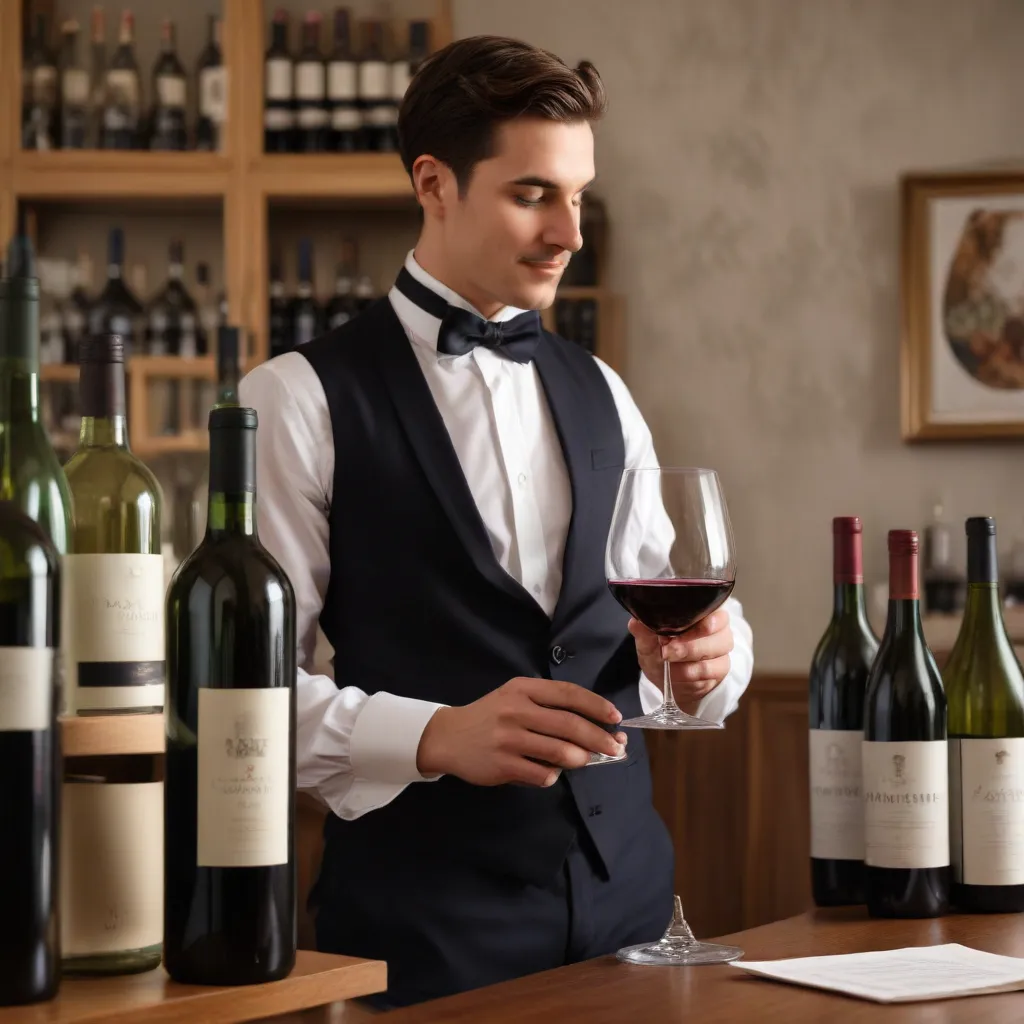
The world of wine is evolving, and with it, the preferences and priorities of wine enthusiasts. As consumers become more mindful about their health and wellbeing, the demand for low-alcohol and alcohol-free wines has been steadily rising. As a sommelier, it’s crucial to stay informed about this growing market and to be equipped to guide your guests through the diverse styles and options available.
Defining Low-Alcohol and Alcohol-Free Wines
Low-alcohol wines are typically defined as those with an alcohol content of 0.5% to 12% by volume, while alcohol-free wines contain less than 0.5% alcohol. These wines offer an alternative for those seeking to enjoy the flavors and rituals of wine without the intoxicating effects of higher-alcohol beverages.
The Growing Popularity of Mindful Drinking
The shift towards mindful drinking is driven by a variety of factors, including a growing awareness of the potential health risks associated with excessive alcohol consumption. Studies have linked heavy drinking to an increased risk of various health issues, including cardiovascular disease, certain types of cancer, and liver damage.
As a result, many consumers, particularly younger generations, are seeking out low-alcohol and alcohol-free options that allow them to indulge in the pleasures of wine without the negative consequences. This trend is further amplified by the rise of the “sober curious” movement, where individuals explore moderation or abstinence as a means of improving their overall well-being.
Health Benefits and Considerations
While moderate wine consumption has been associated with potential health benefits, such as a reduced risk of cardiovascular disease, the complexities of the relationship between alcohol and health are still widely debated. Some researchers argue that the potential benefits of moderate drinking may be outweighed by the risks, particularly in regard to certain types of cancer.
By offering low-alcohol and alcohol-free wines, sommeliers can provide their guests with an opportunity to enjoy the flavors and rituals of wine while minimizing the potential health risks. These products can also serve as a bridge for those looking to transition away from higher-alcohol options or for those who simply prefer a more mindful approach to their wine consumption.
Styles and Varietals of Low-Alcohol and Alcohol-Free Wines
The low-alcohol and alcohol-free wine market offers a diverse range of styles and varietals, catering to a wide array of preferences.
Sparkling and Effervescent Options
Sparkling and effervescent wines, such as the Selbach-Oster ‘Funkelwurtz Zero’ Frizzante or the Thomson and Scott Noughty sparkling rosé, provide a refreshing and celebratory alternative to traditional sparkling wines. These wines often capture the same lively and bubbly experience without the high alcohol content.
Dry and Still Wines
For those seeking a more traditional wine-drinking experience, dry and still low-alcohol or alcohol-free options, like the Proxies Riesling or the Leitz Riesling, offer a range of flavors and styles to explore. These wines can be enjoyed on their own or paired with a variety of cuisines.
Fortified and Dessert Wines
In the realm of fortified and dessert wines, producers are also introducing low-alcohol and alcohol-free options. These can provide a satisfying and indulgent experience for those looking to savor the richness and complexity of these styles without the higher alcohol content.
Pairing Low-Alcohol and Alcohol-Free Wines
Pairing low-alcohol and alcohol-free wines with food can be both an art and a science, as the reduced alcohol content can impact the overall flavor profile and balance of the wine.
Complementing Flavors
When pairing these wines, it’s essential to consider how the reduced alcohol content affects the wine’s ability to stand up to stronger flavors. Sommeliers may need to explore lighter, more delicate dishes or opt for ingredients that enhance the wine’s inherent characteristics.
Enhancing Dining Experiences
By thoughtfully incorporating low-alcohol and alcohol-free wines into a dining experience, sommeliers can create a more inclusive and accessible atmosphere. This allows guests who may be abstaining or moderating their alcohol intake to fully engage with the culinary journey without feeling left out.
Versatility in Food Pairings
The diverse range of low-alcohol and alcohol-free wines available means that sommeliers can find suitable pairings for a wide variety of cuisines and dining occasions. From light and refreshing sparkling wines to rich and complex fortified options, there is a wine to complement any meal.
The Sommelier’s Perspective
Trends and Insights
As the demand for low-alcohol and alcohol-free wines continues to grow, sommeliers are playing a crucial role in shaping and responding to this evolving market. By staying informed about the latest trends and innovations, they can curate wine lists that cater to the needs and preferences of their guests.
Recommendations and Strategies
When guiding guests through the world of low-alcohol and alcohol-free wines, sommeliers should be prepared to offer thoughtful recommendations and strategies. This may involve educating guests about the unique characteristics of these wines, suggesting food pairings, and addressing any misconceptions or concerns.
Dispelling Misconceptions
One of the key challenges facing sommeliers is the need to dispel the misconception that low-alcohol and alcohol-free wines are inherently inferior or less enjoyable than their higher-alcohol counterparts. By highlighting the quality, complexity, and versatility of these wines, sommeliers can help their guests appreciate the unique merits of these products and the benefits they can offer.
As the wine industry continues to evolve, the role of the sommelier becomes increasingly important in navigating the complexities of the market and providing their guests with an exceptional and inclusive wine-drinking experience. By embracing the rise of low-alcohol and alcohol-free wines, sommeliers can enhance their abilities to cater to the diverse needs and preferences of their clientele, while also promoting a more mindful and sustainable approach to wine consumption.
